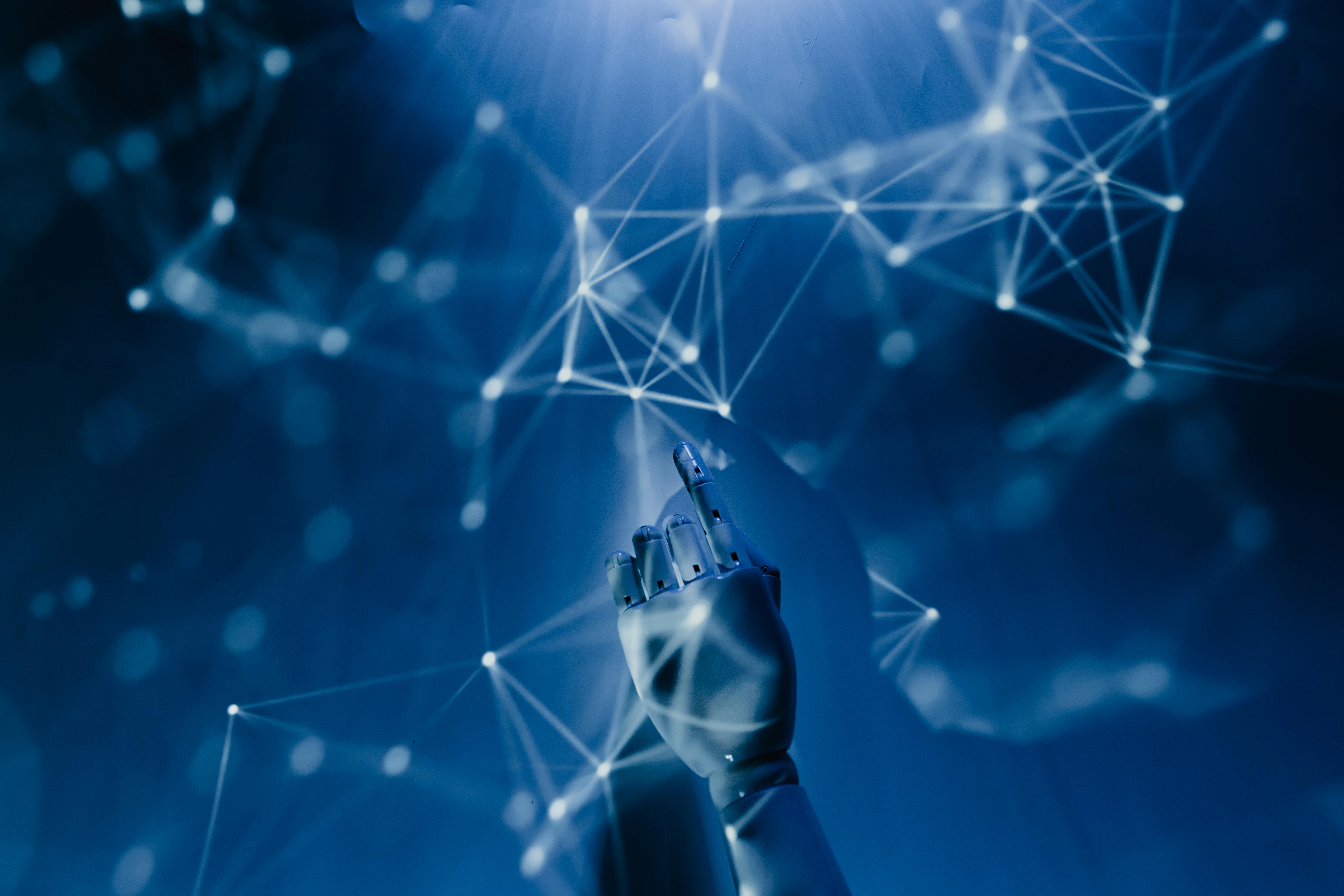ChatGPT: The Future of AI Conversations

Image Source: Pexels
Artificial Intelligence (AI) has made a huge impact on our daily lives, and one of the most talked-about AI tools today is **ChatGPT**. Developed by OpenAI, ChatGPT is a powerful chatbot that can have human-like conversations, answer questions, generate content, and even help businesses automate customer support.
But what exactly is **ChatGPT**, and how does it work? In this article, we will explore:
- What is ChatGPT?
- How does ChatGPT work?
- Features and capabilities
- Real-world applications
- Benefits and limitations
- The future of AI chatbots
1. What is ChatGPT?

Image Source: Unsplash
ChatGPT is an **AI-powered chatbot** developed by **OpenAI** that uses natural language processing (NLP) to generate human-like text responses. It is based on the **GPT (Generative Pre-trained Transformer) model**, which has been trained on a vast amount of data to understand and generate text in a conversational manner.
Key Features of ChatGPT:
- Understands and responds to human language.
- Can generate high-quality text content.
- Used for customer support, education, and content creation.
- Available in multiple versions, including ChatGPT-3.5 and ChatGPT-4.
2. How Does ChatGPT Work?

Image Source: Unsplash
ChatGPT works using **deep learning techniques** and **natural language processing**. Here’s a simplified breakdown:
Step 1: Training on Massive Data
ChatGPT is trained on a diverse range of text data, including books, articles, and online content. This helps the model understand **grammar, context, and various writing styles**.
Step 2: Understanding User Inputs
When a user types a question or statement, ChatGPT processes it using **machine learning algorithms** to determine the best response.
Step 3: Generating a Response
Based on its training, ChatGPT generates a relevant and coherent response, ensuring it aligns with the conversation’s context.
3. Applications of ChatGPT

Image Source: Pexels
ChatGPT is used in various fields, including:
1. Customer Support
Many businesses use ChatGPT-powered chatbots to **handle customer queries**, reducing response time and improving efficiency.
2. Content Creation
Writers and marketers use ChatGPT to generate **articles, blogs, and creative content**, making the writing process faster.
3. Education & Learning
Students and teachers use ChatGPT as a **study assistant**, helping with explanations, assignments, and learning resources.
4. Personal Assistance
People use ChatGPT for **daily tasks** like scheduling, getting recipe ideas, or even writing emails.
4. Benefits of ChatGPT
- Provides **instant responses** to queries.
- Enhances **business automation**.
- Helps in **learning and skill development**.
- Assists in **content writing and brainstorming ideas**.
5. Limitations of ChatGPT

Image Source: Pexels
- Sometimes provides **incorrect or outdated** information.
- Lacks true **understanding or emotions**.
- Can generate **biased responses** based on its training data.
- Limited access to **real-time data** (unless integrated with live updates).
6. The Future of AI Chatbots
The future of AI-powered chatbots like ChatGPT is promising. Some expected advancements include:
1. Improved Accuracy
Future versions will have better **fact-checking abilities** and fewer inaccuracies.
2. Enhanced Personalization
AI chatbots will become more **adaptive**, providing tailored responses based on user preferences.
3. Real-Time Data Integration
Upcoming models will likely access **live internet updates**, making them more useful for current events and financial markets.
Conclusion
ChatGPT is **revolutionizing communication**, making AI-powered assistance more accessible. While it has limitations, its benefits outweigh the drawbacks, making it a valuable tool for businesses, educators, and individuals.
What Do You Think?
Do you use ChatGPT? Share your thoughts and experiences in the comments below!






0 Comments: